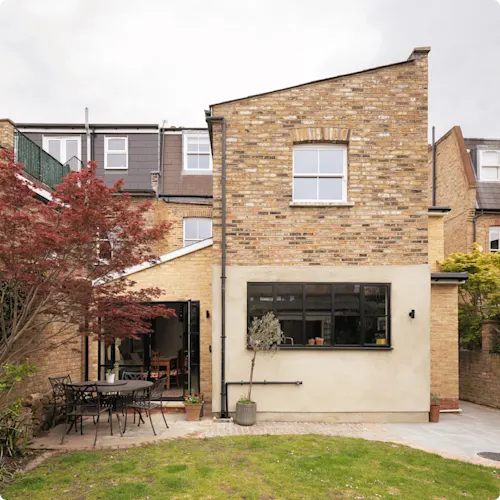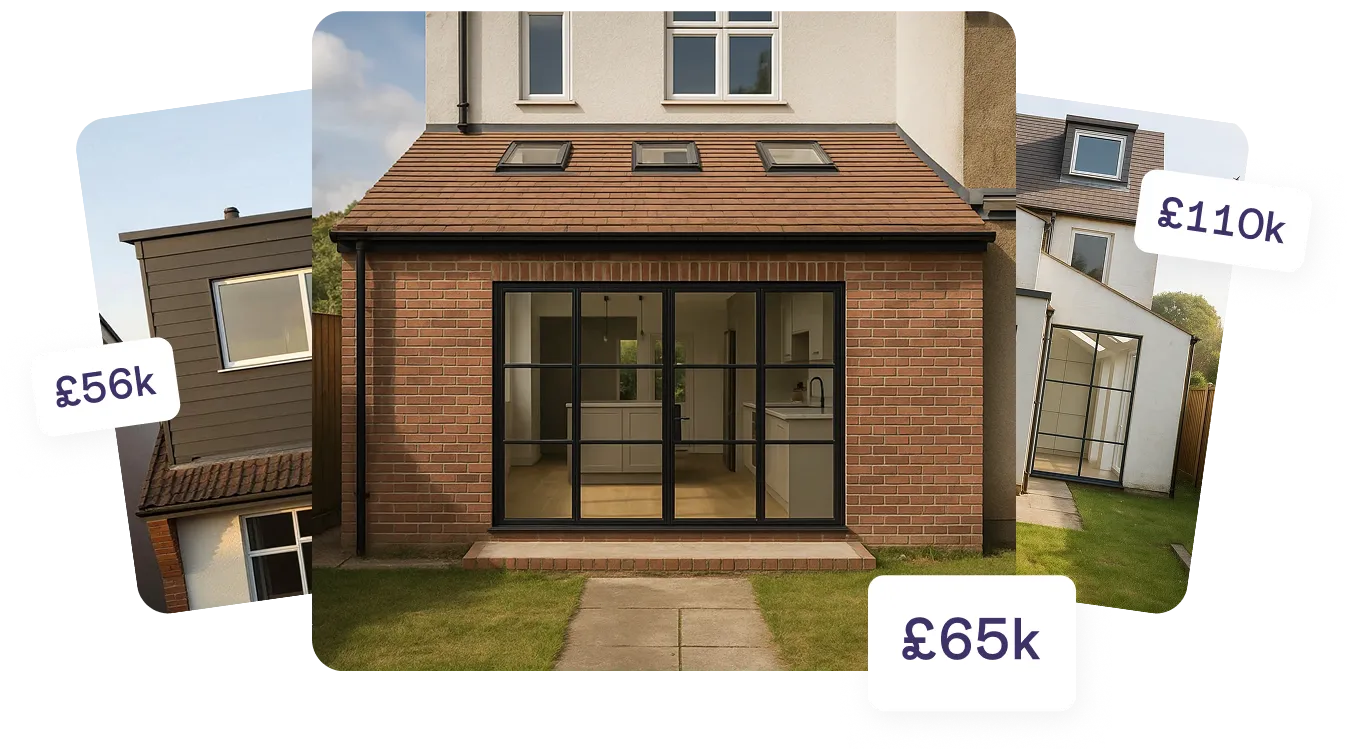© Matt Gamble
_At a glance: _
- How close can you build to the boundary?
If you have Permitted Development Rights or Planning Permission, you can build as close as 50mm to your neighbour’s boundary.
- Do you need a Party Wall Agreement?
Yes, if you’re building on or near a shared boundary, a Party Wall Agreement is often required.
- What’s inside this guide?
- How close you can build to your neighbour’s boundary.
- Boundary Rules UK
- The importance of a Party Wall Agreement and how to handle it
- What to do next if you're planning your side extension.
When it comes to planning a side extension, it’s vital to establish whether you share a Party Wall with your neighbours. Before you start building, it’s crucial to understand the side extension boundary rules in the UK. Depending on the nature of your extension and the proximity of your existing property to the next door, it could have an impact on whether or not your proposed works can go ahead. In order to give your plans the best chance of going ahead, it’s important to know what constitutes a boundary, how it may influence your extension ideas and whether you need to secure a Party Wall Agreement.
Whether you're considering a small addition or a larger expansion, this guide will help ensure your project stays on track.
What is a boundary?
A boundary isn't always a physical structure like a wall or fence but refers to the point that separates one property from another. When planning a side extension for example, understanding the boundary line is crucial as it impacts how close you can build to your neighbour’s property.
How close to your neighbour’s boundary can you build your extension?
You can build your extension up to 50mm from your neighbours’ boundary as long as you have either Permitted Development Rights or have Planning Permission. This could be a suitable option if you aren’t able to secure a Party Wall Agreement.
Alternatively, if you are able to come to an understanding with your neighbour and secure a Party Wall Agreement, you’ll be able to build on the boundary line. This is our recommended approach if you’re hoping to extend your home to the maximum size possible.






